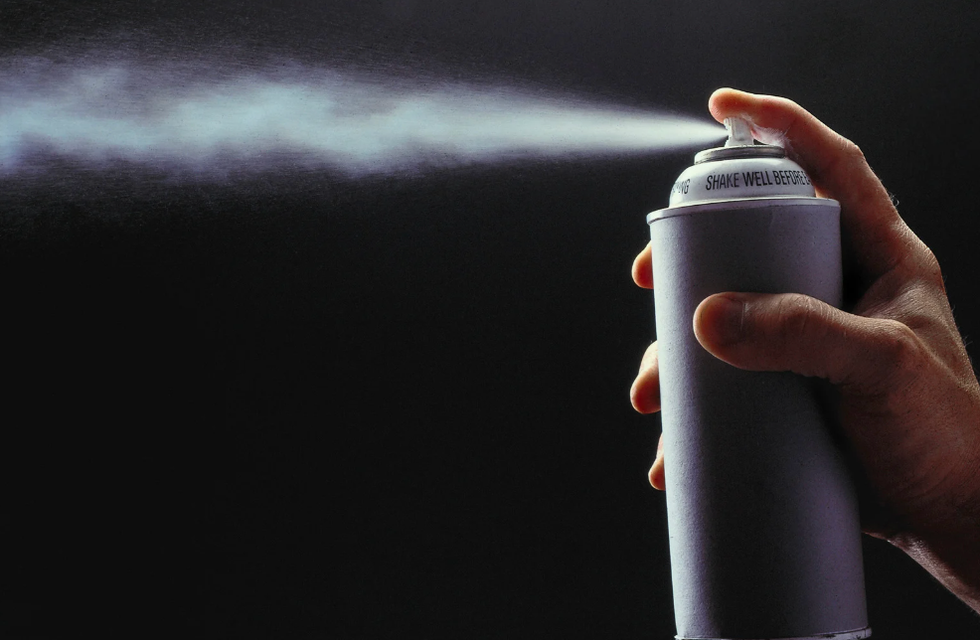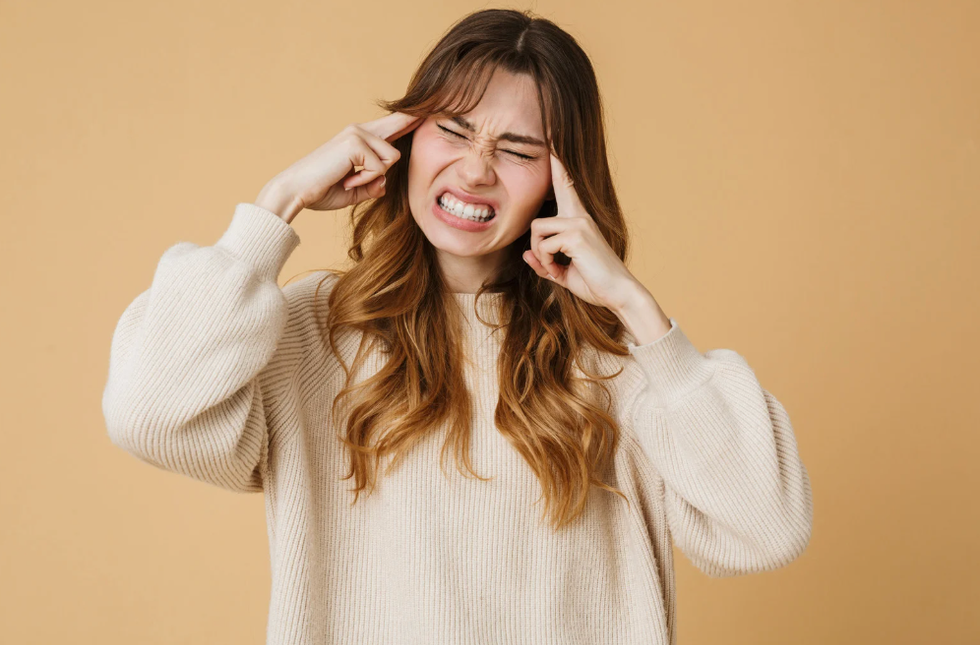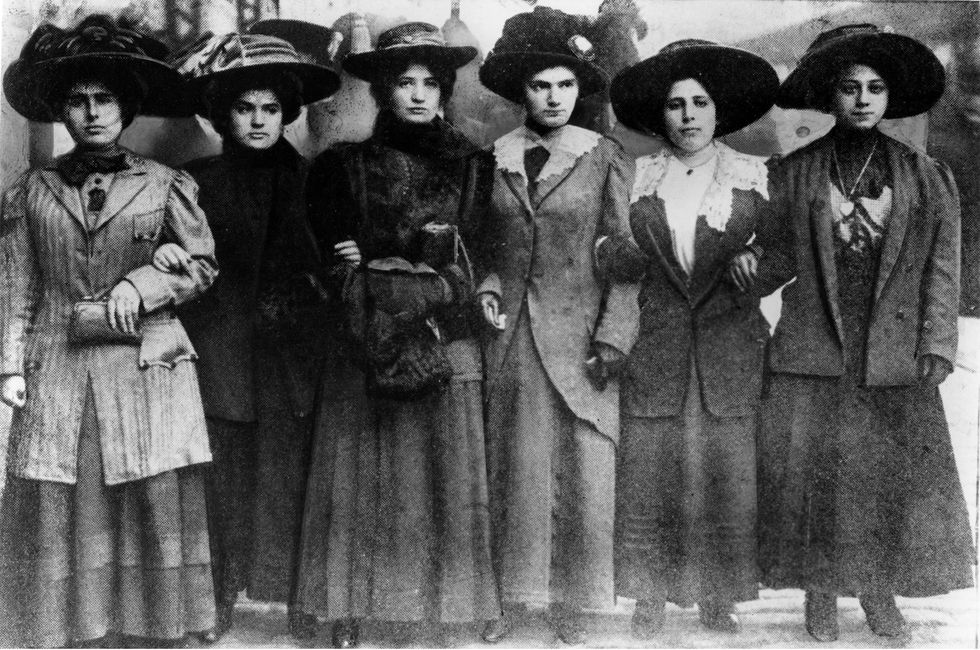Every year for the post-Oscars Governors Ball, celebrity chef Wolfgang Puck hunkers down to dream up an eccentric list of culinary choices for Academy Award nominees to sink their celebrity teeth into. And every year he seems to outdo himself.
This year, for instance, superstar nominees like Mahershala Ali, Ruth Negga, and Meryl Streep tucked into lobster corn dogs before ordering custom fish dishes at a poke bowl station. There was even smoked salmon on statuette-shaped crackers. But the most cinematic snack on this year’s menu was the gold-dusted popcorn.
Gold has long been culinary window dressing—in 2015, the Manila Social Club in Williamsburg trotted out a $100 24-carat-gold-leaf enfolded donut filled with jelly made from Cristal champagne, and a pizzeria in Toronto carries a $108 dollar slice topped with the stuff. But is eating gold okay to do? Zinc boosts immunity, copper helps our nervous systems, and iron is important in our circulatory. Could gold be an important part of our daily diet?
A quick search turns up many claims made about gold’s special powers. Ancient Egyptians ate gold to stimulate their life forces, say some. Eating colloidal gold nanoparticles, others say, will make you smarter. Even others claim it treats everything from arthritis to depression to heart disease. But it’s all pretty much hooey.
“There are no nutritional or health benefits associated with indulging in this extravagant food,” Deborah Orlick Levy, a nutrition expert told the Food Republic blog in an article about Manila Social Club’s donut last year.
But at least it’s not bad for you—or nutritionists like Levy seem to think as much. The FDA hasn’t approved any edible gold products, but the Agency for Toxic Substances and Disease Registry doesn’t list gold as a toxicant. Plus, TÜV Rheinland, an independent food-safety certification agency, has approved gold leaf as safe for your devouring pleasure. And Smithsonian.com reported in February 2014, “Gold’s immortality—the fact that it doesn’t interact with most compounds and thus doesn’t corrode—makes it essentially nontoxic to the body.”
Chefs have been putting gold on food for generations all over the world. Vark is a gold foil pressed onto Indian desserts, and gold leaf is commonly used in Japanese sweets. And who hasn’t tried the Swiss cinnamon schnapps, Goldschläger, which has bits of gold leaf floating and twirling seductively in it?
Sure, the stars of La La Land can rest easy as they shove handfuls of Puck’s blinged-out poppy-corn into their gaping maws as they fondle their presumptive Oscars. It just won’t make them any healthier.
















 Freddie Mercury GIF by Queen
Freddie Mercury GIF by Queen File:Statue of Freddie Mercury in Montreux 2005-07-15.jpg - Wikipedia
File:Statue of Freddie Mercury in Montreux 2005-07-15.jpg - Wikipedia
 The hole in the ozone layer in 2015.Photo credit: Wikimedia Commons
The hole in the ozone layer in 2015.Photo credit: Wikimedia Commons In the 1980s, CFCs found in products like aerosol spray cans were found to cause harm to our ozone layer.Photo credit: Canva
In the 1980s, CFCs found in products like aerosol spray cans were found to cause harm to our ozone layer.Photo credit: Canva Group photo taken at the 30th Anniversary of the Montreal Protocol. From left to right: Paul Newman (NASA), Susan Solomon (MIT), Michael Kurylo (NASA), Richard Stolarski (John Hopkins University), Sophie Godin (CNRS/LATMOS), Guy Brasseur (MPI-M and NCAR), and Irina Petropavlovskikh (NOAA)Photo credit: Wikimedia Commons
Group photo taken at the 30th Anniversary of the Montreal Protocol. From left to right: Paul Newman (NASA), Susan Solomon (MIT), Michael Kurylo (NASA), Richard Stolarski (John Hopkins University), Sophie Godin (CNRS/LATMOS), Guy Brasseur (MPI-M and NCAR), and Irina Petropavlovskikh (NOAA)Photo credit: Wikimedia Commons
 Getting older means you're more comfortable being you.Photo credit: Canva
Getting older means you're more comfortable being you.Photo credit: Canva Older folks offer plenty to young professionals.Photo credit: Canva
Older folks offer plenty to young professionals.Photo credit: Canva Eff it, be happy.Photo credit: Canva
Eff it, be happy.Photo credit: Canva Got migraines? You might age out of them.Photo credit: Canva
Got migraines? You might age out of them.Photo credit: Canva Old age doesn't mean intimacy dies.Photo credit: Canva
Old age doesn't mean intimacy dies.Photo credit: Canva
 Theresa Malkiel
commons.wikimedia.org
Theresa Malkiel
commons.wikimedia.org
 Six Shirtwaist Strike women in 1909
Six Shirtwaist Strike women in 1909
 University President Eric Berton hopes to encourage additional climate research.Photo credit: LinkedIn
University President Eric Berton hopes to encourage additional climate research.Photo credit: LinkedIn
 Image by Ildar Sajdejev via GNU Free License | Know your rights.
Image by Ildar Sajdejev via GNU Free License | Know your rights.